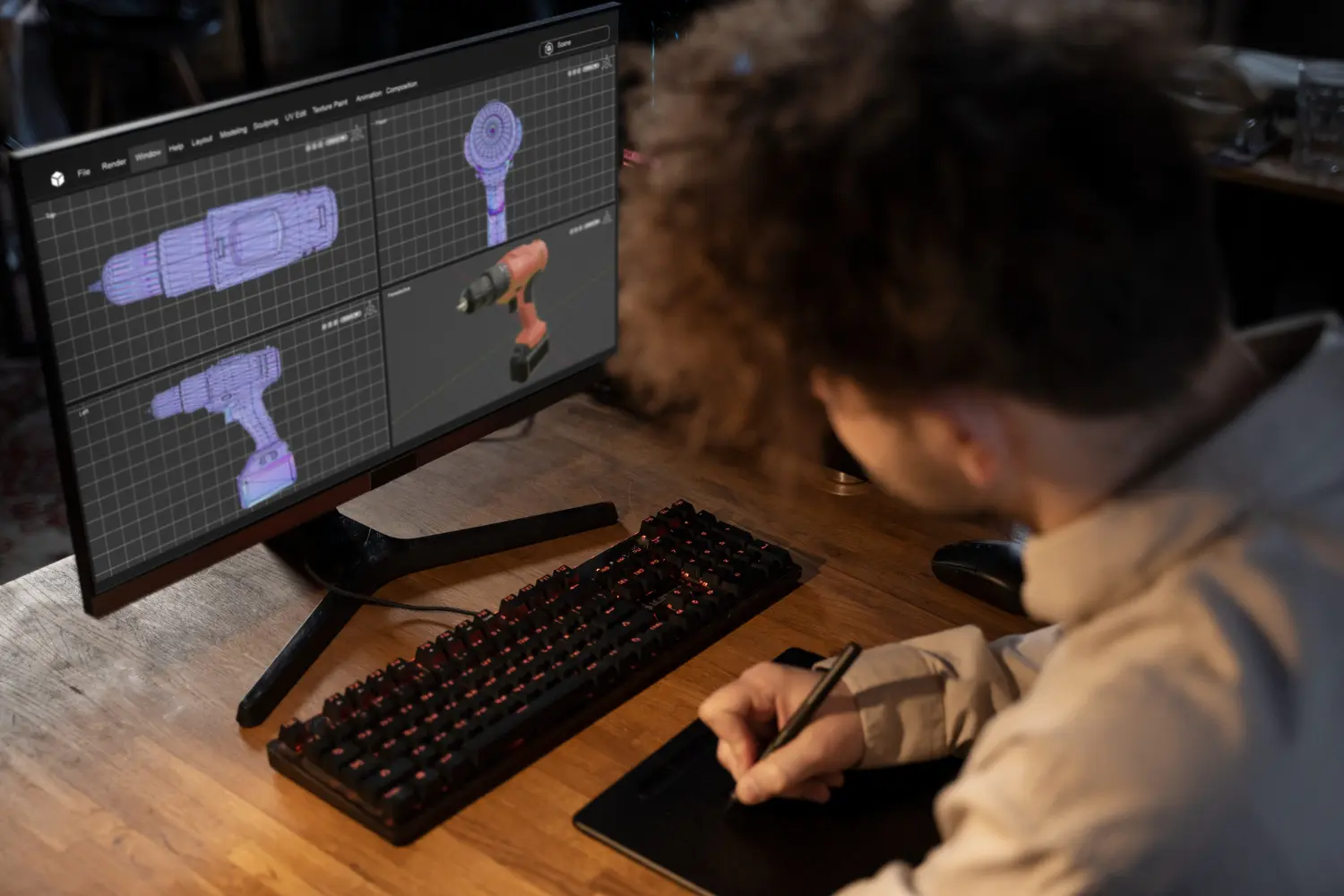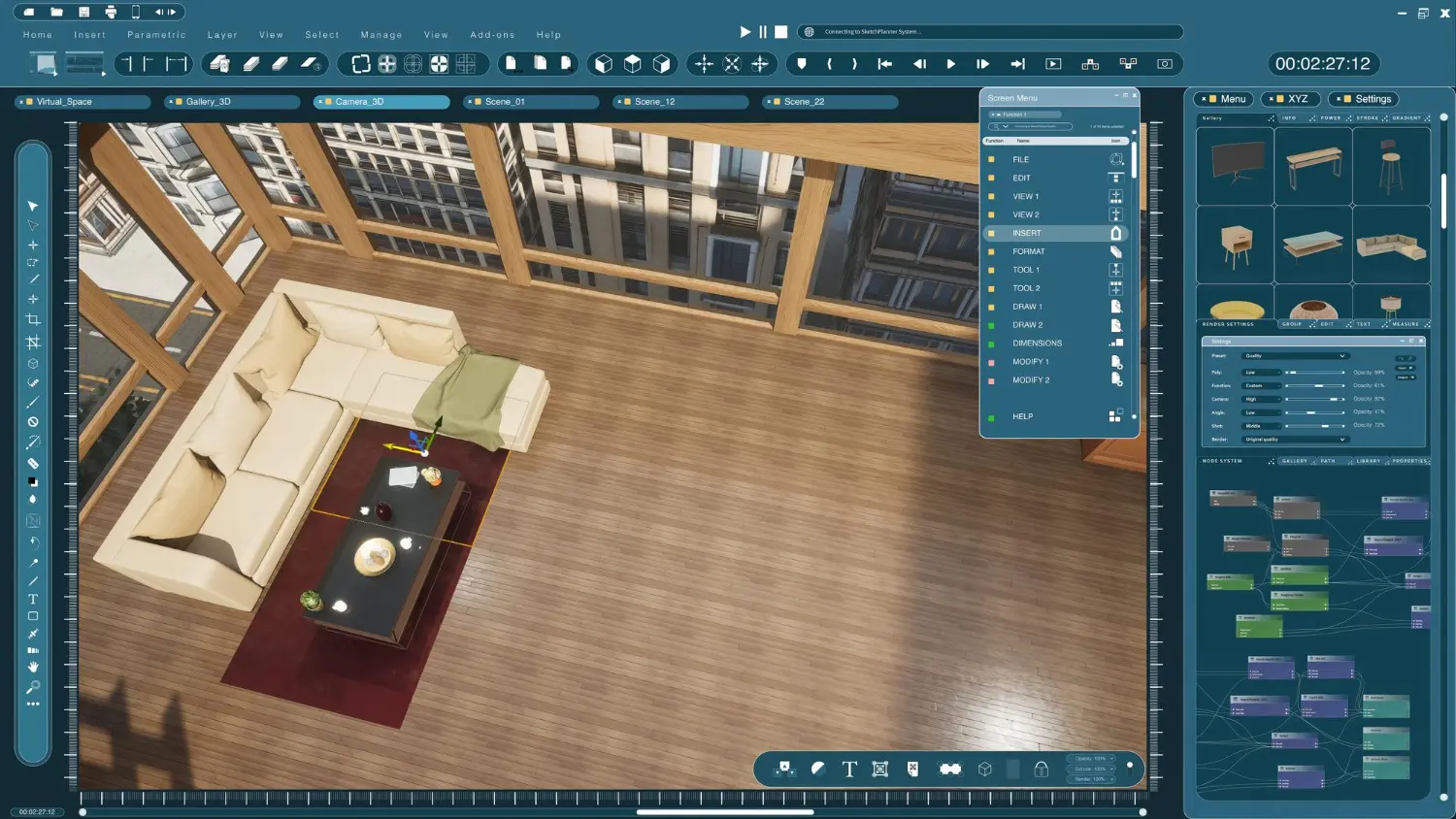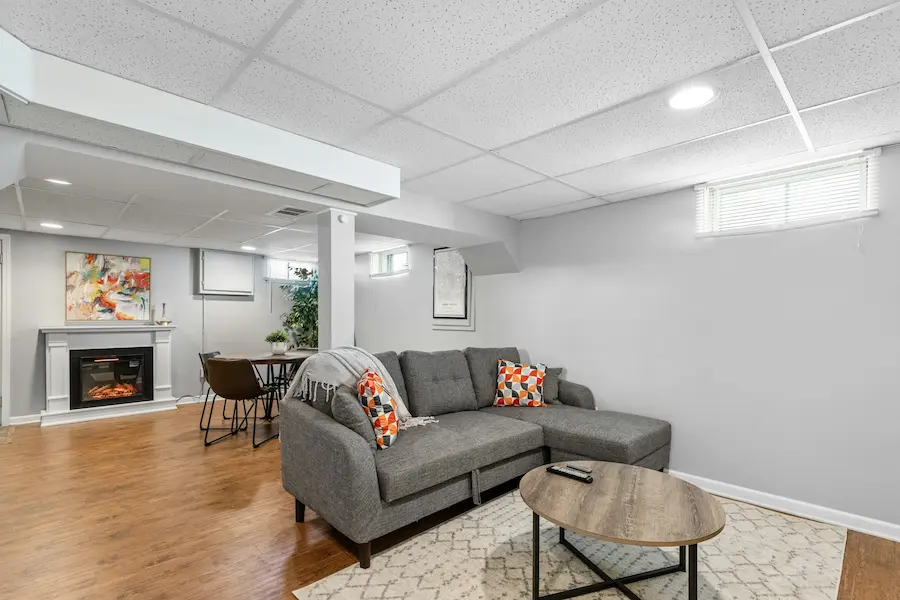Photorealistic rendering uses advanced techniques to create digital visuals that look like real-life images. This approach has reshaped industries such as architecture, real estate, gaming, and product design. By producing lifelike renderings, creators can help clients and stakeholders visualize projects before they are built or manufactured.
This process blends technical skill and creativity to capture every detail accurately. Whether it’s a new home, a product concept, or a detailed environment, photorealistic renderings make ideas more understandable and relatable. For these reasons, they have become a cornerstone of modern design, development, and marketing strategies, offering practical and aesthetic value to a wide range of applications.
Key takeaways
- Photorealistic rendering creates highly realistic visuals using advanced tools.
- It is widely used in industries such as real estate, gaming, and product design.
- Achieving photorealism requires modeling, texturing, lighting, and post-processing.
- Using the right tools and techniques is critical for professional results.
- Software like Unreal Engine makes it easier to create stunning renderings.
- Details such as lighting, material accuracy, and camera placement are key to achieving realism.
These takeaways highlight the essential elements of photorealistic rendering and its broad impact across industries.

What is photorealistic rendering?
Photorealistic rendering produces images that closely mimic real-life textures, lighting, and materials, allowing creators to design visuals that are nearly indistinguishable from actual photographs. This technique relies on detailed modeling, accurate light simulation, and realistic material representation to create a visual experience that feels authentic.
The process starts with a product designer making a 3D model of the object or space. After that, textures and materials are applied to mimic surfaces like wood, glass, or fabric. Lighting is then added to simulate real-life conditions and can include things such as sunlight or interior lights. Finally, rendering software processes all the details, producing a polished image or animation that is ready for presentation or marketing purposes.
This method is widely used across different fields. Architects use it to showcase buildings before construction begins. Real estate developers can provide virtual tours of properties that aren’t yet built. Product designers use renderings to present concepts without needing physical prototypes, saving time and resources. In entertainment, it’s used to create immersive gaming worlds and movie effects that captivate audiences.
Why is photorealism important?
Photorealistic rendering is a powerful tool for improving communication and design accuracy. It helps bridge the gap between abstract concepts and real visuals, making it easier for clients and teams to properly understand a project. Clear, lifelike images reduce confusion, allowing for better feedback and more informed decision-making during the design process.
This method also offers significant cost and time savings. Traditional approaches like building prototypes or organizing photo shoots require considerable investment and time. In contrast, photorealistic rendering provides a flexible solution that enables designers to make quick changes and test multiple ideas without unnecessary delays.
In marketing, photorealistic renderings have a strong impact. Realistic visuals grab attention, build trust, and foster engagement. When customers see a product or space represented with high accuracy, they are more likely to connect with it emotionally. This is particularly valuable in real estate and eCommerce, where visuals play a central role in driving customer decisions.
How to create photorealistic 3D renderings
Creating photorealistic 3D renderings requires a blend of technical and artistic skills. By mastering techniques like 3D modeling, texturing, and lighting, designers can produce visuals that replicate real-world details with precision.
-
3D Modeling
Start by creating a detailed 3D model. Use software like Blender or 3ds Max to design the object or environment with accurate dimensions and proportions. Every element in the model should be carefully crafted to ensure the final rendering looks as realistic as possible.
-
Texturing
Apply textures that replicate real-world materials like wood, stone, metal, or fabric. High-quality texture maps, such as bump, displacement, and normal maps, add depth and realism to surfaces. Small imperfections, like scratches, fingerprints, or minor wear, can make materials feel more authentic.
-
Lighting
Lighting plays a huge role in realism. Position virtual lights carefully to mimic real-world conditions, whether it’s sunlight streaming through a window or artificial lighting in an interior setting. Adjust intensity, color, and shadow placement to create the right mood for the scene.
-
Rendering
Rendering software processes all the components—modeling, texturing, and lighting—to produce the final image. Use powerful tools like V-Ray, Corona Renderer, or Unreal Engine for high-quality results. This step involves complex calculations to accurately simulate how light interacts with materials and surfaces.
-
Post-processing
Refine the final image using tools like Photoshop or Lightroom. Adjust brightness, contrast, saturation, and sharpness to enhance the visual appeal. Effects like depth of field, motion blur, or lens flares can add a cinematic quality to the rendering.
Each step requires attention to detail and a solid understanding of both technical and artistic principles. Mastering these techniques ensures that your renderings stand out.
Best practices for creating realistic renderings
Achieving realism in 3D renderings relies on careful attention to detail and the use of tried and true techniques. Here are a few best practices to improve your work’s final result.
Focus on lighting
Lighting can make or break a rendering. Use realistic lighting setups that mimic natural or artificial sources. Experiment with soft shadows for subtle effects or sharper lighting for bold, dramatic scenes. Balance brightness, contrast, and color to maintain a believable look.

Add imperfections
Perfect surfaces often look unnatural. Incorporate subtle imperfections like scuffs, smudges, or uneven textures to add realism. These small details make a big difference, especially in close up views.
Maintain accurate scales
Ensure that objects and textures are scaled properly. For instance, a table that is too large or textures that don’t match their real-world counterparts can make even a detailed rendering feel off. Always use reference measurements.
Experiment with camera angles
Dynamic camera angles can bring renderings to life. Test wide shots to capture the overall space or close-ups to emphasize details. Consider techniques like the rule of thirds, symmetry, or leading lines to create visually appealing compositions.
Refine textures
Textures should be high quality and specific to the materials they represent. For example, polished metal should have reflective properties, while aged wood might include visible grain and scratches. Using consistent and realistic textures ensures coherence in the final image.
Creating professional quality renderings requires the right tools and resources:
-
Software: Applications like Blender, 3ds Max, and Maya are excellent for modeling. Rendering engines like V-Ray, Unreal Engine, and Corona Renderer enhance photorealism with advanced features.
-
Hardware: A high performance computer with a powerful GPU, sufficient RAM, and a fast CPU is essential for rendering complex scenes quickly.
-
Learning resources: Tutorials and guides on platforms like YouTube, Udemy, and Coursera can help you train your skills. Online forums and communities also provide valuable insights and troubleshooting tips.
Investing in the right tools and continuous learning ensures you stay competitive and capable of producing exceptional renderings.
Conclusion
Photorealistic rendering is transforming the way industries communicate and present ideas. By turning abstract concepts into lifelike visuals, it makes projects easier to understand and helps businesses convey their vision with precision.
Following best practices—such as optimizing lighting, refining textures, and experimenting with camera angles—can significantly improve the quality of your renderings. With tools like Unreal Engine and V-Ray, combined with careful attention to detail, creators can achieve visuals that captivate and resonate with audiences. For businesses and professionals seeking support, 3D Source provides expert solutions tailored to your needs. By combining technical expertise with creative insight, we help you produce renderings that bring your ideas to life with unparalleled realism and clarity. Let us help you turn your vision into reality.





